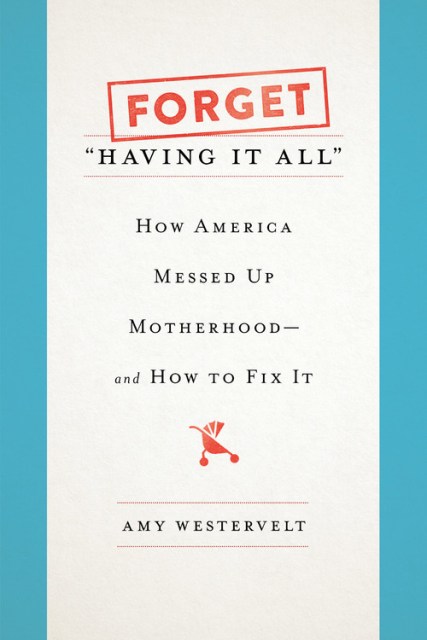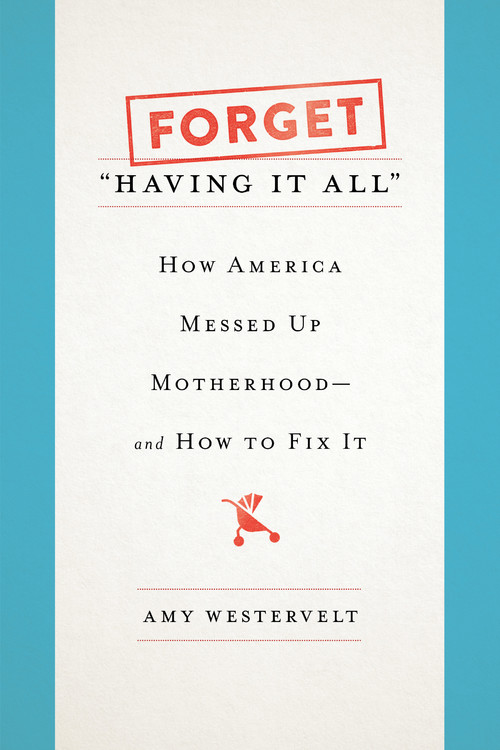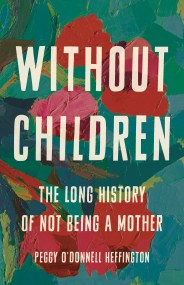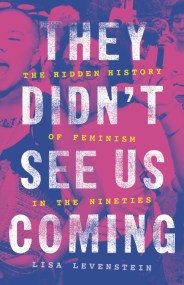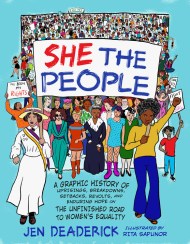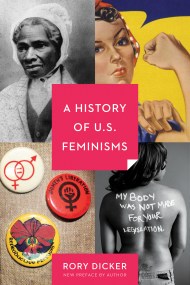Promotion
Use code MOM24 for 20% off site wide + free shipping over $45
Forget "Having It All"
How America Messed Up Motherhood--and How to Fix It
Contributors
Formats and Prices
Price
$27.00Price
$35.00 CADFormat
Format:
- Hardcover $27.00 $35.00 CAD
- ebook $14.99 $19.99 CAD
- Audiobook Download (Unabridged)
This item is a preorder. Your payment method will be charged immediately, and the product is expected to ship on or around November 13, 2018. This date is subject to change due to shipping delays beyond our control.
Also available from:
After filing a story only two hours after giving birth, and then getting straight back to full-time work the next morning, journalist Amy Westervelt had a revelation: America might claim to revere motherhood, but it treats women who have children like crap. From inadequate maternity leave to gender-based double standards, emotional labor to the “motherhood penalty” wage gap, racist devaluing of some mothers and overvaluing of others, and our tendency to consider women’s value only in terms of their reproductive capacity, Westervelt became determined to understand how we got here and how the promise of “having it all” ever even became a thing when it was so far from reality for American women.
In Forget “Having It All,” Westervelt traces the roots of our modern expectations of mothers and motherhood back to extremist ideas held by the first Puritans who attempted to colonize America and examines how those ideals shifted — or didn’t — through every generation since. Using this historical backdrop, Westervelt draws out what we should replicate from our past (bringing back home economics, for example, this time with an emphasis on gender-balanced labor in the home), and what we must begin anew as we overhaul American motherhood (including taking a more intersectional view of motherhood, thinking deeply about the ways in which capitalism influences our views on reproduction, and incorporating working fathers into discussions about work-life balance).
In looking for inspiration elsewhere in the world, Westervelt turned not to Scandinavia, where every work-life balance story inevitably ends up, but to Japan where politicians, in an increasingly desperate effort to increase the country’s birth rates (sound familiar?), tried to apply Scandinavian-style policies atop a capitalist democracy not unlike America’s, only to find that policy can’t do much in the absence of cultural shift. Ultimately, Westervelt presents a measured, historically rooted and research-backed call for workplace policies, cultural norms, and personal attitudes about motherhood that will radically improve the lives of not just working moms but all Americans.
Genre:
- On Sale
- Nov 13, 2018
- Page Count
- 320 pages
- Publisher
- Seal Press
- ISBN-13
- 9781580057868
Newsletter Signup
By clicking ‘Sign Up,’ I acknowledge that I have read and agree to Hachette Book Group’s Privacy Policy and Terms of Use
